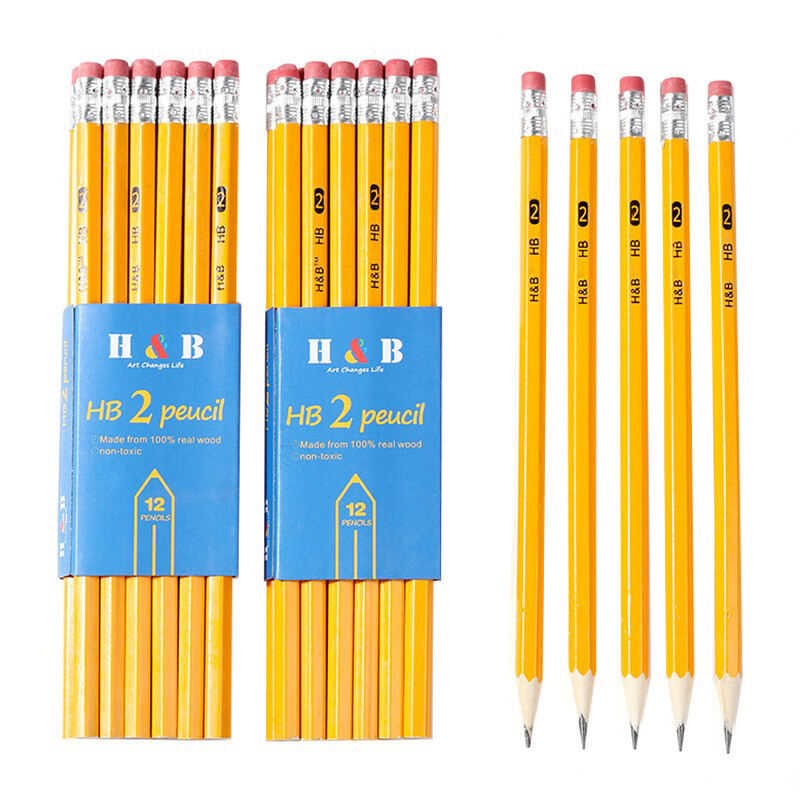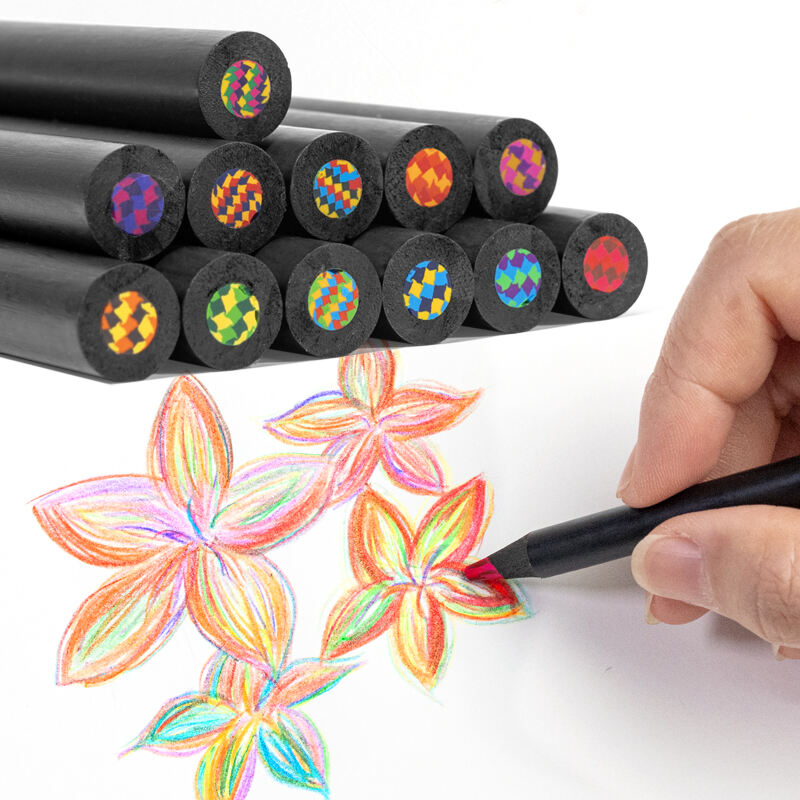Раскрытие художественной выразительности через рисунок углём
Компания угольный карандаш является выдающимся инструментом в арсенале художника, обеспечивая идеальное сочетание точности и выразительных возможностей. В отличие от традиционных графитовых карандашей, карандаши из древесного угля дают насыщенные бархатисто-чёрные тона и невероятный диапазон оттенков, способных превратить чистый лист в шедевр. Художники на протяжении всей истории, от мастеров эпохи Возрождения до современных авторов, использовали этот универсальный материал, каждый раз открывая для себя новые способы раскрытия его уникальных свойств.
Независимо от того, являетесь ли вы опытным художником или только начинаете свой творческий путь, карандаш из древесного угля открывает безграничные возможности для художественного исследования. Его способность создавать как смелые, драматичные штрихи, так и нежные, едва заметные линии делает его идеальным средством для самых разных творческих задач. Естественные свойства древесного угля в сочетании с удобной формой карандаша обеспечивают художнику исключительный контроль над линиями при сохранении той выразительной свободы, которой славится традиционный уголь.
Техники рисования портрета и фигуры
Владение чертами лица
Угольный карандаш отлично подходит для передачи тонких выражений и мягких контуров человеческого лица. При работе над портретом начинайте с построения основных форм с помощью легкого нажатия, постепенно добавляя слои для создания глубины и объема. Уникальные свойства угля позволяют художникам добиваться насыщенных, темных тонов в тенях, сохраняя при этом нежные блики, которые оживляют черты лица модели.
Сосредоточьтесь на игре света и тени на плоскостях лица, используя универсальность угольного карандаша для плавных переходов. Щадящая природа этого материала позволяет легко смешивать и корректировать штрихи, что делает его идеальным для передачи тонких нюансов текстуры кожи и мимики. Практикуйтесь в изображении отдельных черт — глаз, носа, губ — по отдельности, прежде чем объединять их в полные портреты.
Динамичные этюды фигуры
Рисование фигуры с помощью карандаша из древесного угля позволяет художникам передавать как быстрые жестовые наброски, так и детальные анатомические этюды. Чувствительность этого материала к изменению нажима делает его идеальным для изображения сложных изгибов и движений человеческого тела. Начинайте с легких плавных линий, чтобы определить основную позу, затем постепенно уточняйте форму более осознанными штрихами.
Экспериментируйте с различными направлениями штрихов, чтобы наметить структуру мышц и придать рисунку визуальную выразительность. Способность карандаша из древесного угля создавать как четкие линии, так и мягкие края позволяет художникам эффективно передавать как прочную структуру скелета, так и более мягкие формы плоти и одежды. Рассмотрите возможность работы как над короткими позами, чтобы запечатлеть основное движение, так и над длительными этюдами — для углубленного понимания формы.
Пейзаж и природные элементы
Создание атмосферных сцен
Пейзажный рисунок карандашом из древесного угля открывает уникальные возможности для передачи атмосферных эффектов и естественных текстур. Этот материал отлично подходит для изображения плавных переходов от света к тени, характерных для неба, гор и лесов. Используйте легкие штрихи для дальних планов и постепенно более темные и четкие линии для деталей на переднем плане, чтобы создать ощущение глубины и перспективы.
Особое внимание уделите тому, как свет взаимодействует с различными элементами пейзажа. Способность карандаша из древесного угля создавать мягкие, растушеванные участки идеально подходит для изображения облаков, тумана и едва заметных градаций рассвета или заката. Экспериментируйте с различными техниками, такими как штриховка и перекрестная штриховка, чтобы передать разные текстуры камней, деревьев и водной поверхности.
Ботанические исследования
Угольный карандаш незаменим для детальных ботанических иллюстраций и зарисовок. Его точный кончик позволяет прорабатывать мельчайшие детали, сохраняя при этом возможность делать более широкие и выразительные штрихи для передачи крупных групп листьев и структуры стволов. Начните с наблюдения за основными формами и пропорциями объекта, а затем постепенно добавляйте детали и текстуры.
Сосредоточьтесь на различных текстурах растительного мира — от гладких лепестков до шершавой коры. Возможность угольного карандаша передавать различные оттенки помогает точно воссоздать тонкие различия на поверхности растений и то, как свет падает на разные ботанические элементы. Рассмотрите возможность работы как с натуры, так и по фотографиям, чтобы лучше понимать строение и текстуры растений.

Городская зарисовка и архитектурные детали
Композиция городского пейзажа
Городские пейзажи предоставляют богатый материал для художников, рисующих углем. Способность этого материала создавать сильные контрасты и чёткие линии делает его идеальным для изображения архитектурных элементов и городских сцен. Сосредоточьтесь на построении чётких линий перспективы и использовании различных уровней детализации, чтобы создавать выразительные городские композиции.
Используйте градации тона карандашом-уголь для передачи различных строительных материалов и текстур поверхностей. Обращайте внимание на взаимодействие света и тени на фасадах зданий, а также на то, как архитектурные элементы создают интересные узоры и ритмы внутри композиции. Рассмотрите возможность использования атмосферных эффектов, чтобы придать глубину и настроение вашим городским сценам.
Архитектурные детали и текстуры
Точность угольного карандаша делает его идеальным для передачи сложных архитектурных деталей. От изысканных декоративных элементов до тонкой текстуры различных строительных материалов — этот материал позволяет художникам точно передавать как общую форму, так и мельчайшие детали архитектурных объектов. Начинайте с базовых структурных линий и постепенно добавляйте детали и текстуры.
Экспериментируйте с различными техниками штриховки, чтобы передать разные строительные материалы — гладкий камень, шероховатый кирпич, отражающее стекло. Способность угольного карандаша создавать как чёткие края, так и мягкие переходы помогает передать разнообразные текстуры, характерные для архитектурных объектов. Рассмотрите возможность работы в разных масштабах — от изображения целых зданий до детальных зарисовок отдельных архитектурных элементов.
Абстрактные и экспериментальные подходы
Исследование текстуры
Угольный карандаш открывает увлекательные возможности для абстрактной и экспериментальной работы. Его универсальность в нанесении штрихов позволяет художникам создавать разнообразные текстуры и узоры с помощью различных техник. Экспериментируйте с разным нажимом, направлением штрихов и методами наложения слоев, чтобы добиться уникальных текстурных эффектов.
Рассмотрите возможность сочетания традиционных техник рисования с более экспериментальными подходами, такими как растирание, царапание или удаление штрихов. Благодаря способности угольного карандаша создавать как точные линии, так и широкие выразительные штрихи, он идеально подходит для построения абстрактных композиций. Сосредоточьтесь на создании визуального интереса за счет контраста, ритма и разнообразия штриховки.
Интеграция смешанной техники
Хотя угольный карандаш сам по себе обладает большими возможностями, его также можно эффективно комбинировать с другими материалами. Экспериментируйте с использованием акварельных размывок, чернил или других инструментов для рисования, чтобы создавать уникальные произведения в технике смешанной среды. Глубокие чёрные тона и широкий диапазон оттенков угольного карандаша создают отличную основу для исследования мультимедиа.
Подумайте о том, как различные материалы могут дополнять и усиливать качества угольного карандаша. Пробуйте разные комбинации и последовательности нанесения, чтобы выявить интересные взаимодействия между материалами. Помните о совместимости различных материалов и используйте соответствующую бумагу или поверхности для своих экспериментов.
Часто задаваемые вопросы
Какая бумага лучше всего подходит для работы с угольными карандашами?
Для достижения наилучших результатов при использовании карандашей из древесного угля выбирайте бумагу с некоторой текстурой или шероховатостью. Хорошо подойдут рисовальные бумаги средней или высокой плотности, бумага для сухой кисти или картон Бристоль. Текстура бумаги помогает удерживать материал сухой кисти и обеспечивает лучший контроль над градациями тона. Избегайте очень гладкой бумаги, так как она может хуже принимать уголь.
Как предотвратить размазывание рисунков, выполненных углем?
Чтобы защитить свои рисунки карандашом из древесного угля, используйте закрепитель в виде спрея, специально предназначенный для угля. Работайте слева направо, если вы правша (или справа налево, если вы левша), чтобы не размазывать рисунок во время работы. Подкладывайте под руку чистый лист бумаги и используйте временный закрепитель между слоями при создании сложных работ.
Какие основные техники необходимы начинающим художникам, работающим карандашами из древесного угля?
Начните с освоения базовых техник штриховки, включая штриховку, перекрёстную штриховку и плавное растушёвывание. Практикуйте контроль нажима для получения различных оттенков и экспериментируйте с нанесением штрихов, используя разные части карандаша. Сосредоточьтесь на создании чётких линий и плавных переходов перед тем, как переходить к более сложным проектам. Регулярная практика с простыми объектами поможет развить контроль и уверенность в работе с материалом.


